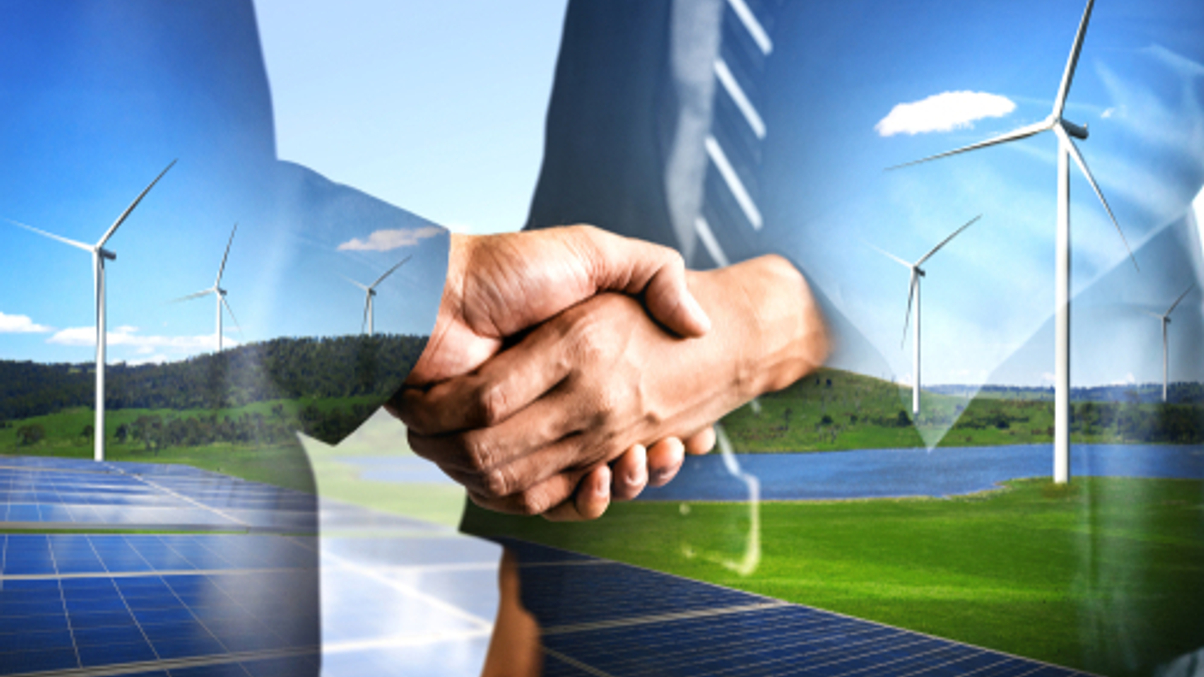AIA sees investor-led push driving Asia's energy transition
Investor assertiveness is shaping more sustainable energy production in the region, the insurance group CIO says.

Energy companies in the region are starting to feel the value of investors with a sustainability and energy-transition angle, according to Mark Konyn, group chief investment officer at AIA.
Sign In to Your Account
Access Exclusive AsianInvestor Content!
Please sign in to your subscription to unlock full access to our premium AI resources.
Free Registration & 7-Day Trial
Register now to enjoy a 7-day free trial—no registration fees required. Click the link to get started.
Note: This free trial is a one-time offer.
¬ Haymarket Media Limited. All rights reserved.


